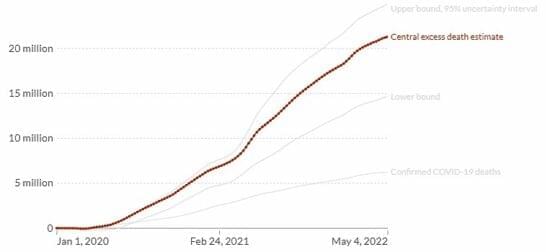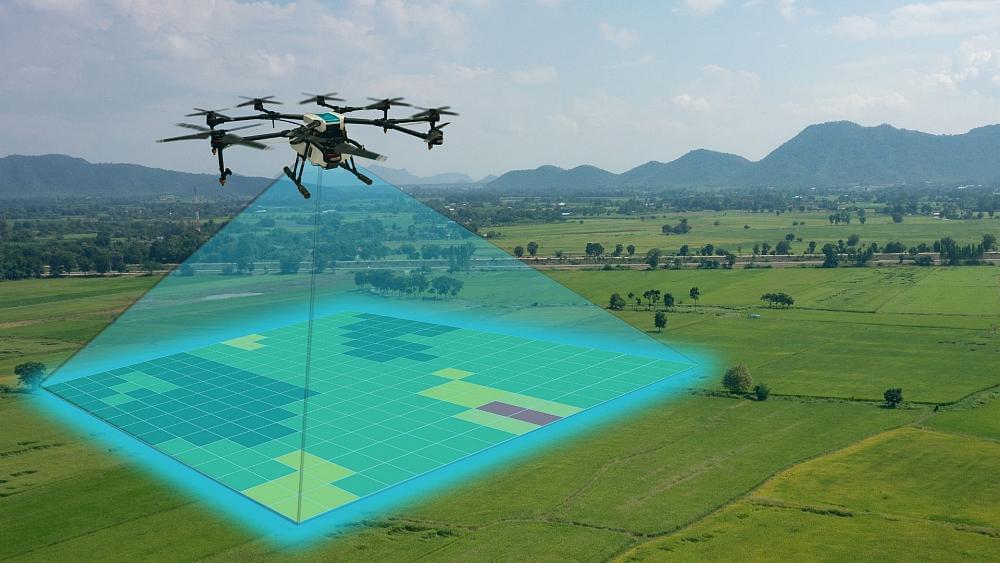Nobody can explain why this ‘sinuous discrete aurora’ happened.
While scientists have detected discrete auroras above certain patches of the Red Planet before, never have they seen one on such a “massive scale,” the team said. The solar storm that propelled charged particles into the Martian atmosphere at a faster and more turbulent pace than usual is likely a key factor in this type of long, sinuous aurora, the researchers added.
Solar storm occurrences are predicted to increase over the next several years as the sun approaches its solar maximum — the period of greatest activity in the sun’s 11-year cycle — in 2025. The EMM’s Hope orbiter will continue watching for these newly discovered auroras in the meantime, while scientists dig into archival data collected by NASA and the European Space Agency to hunt for more examples of the snake-like streaks over Mars.







